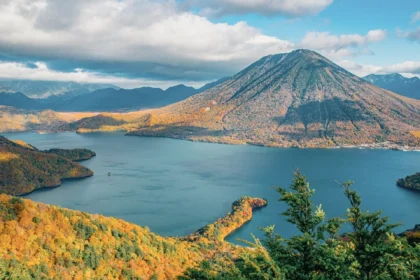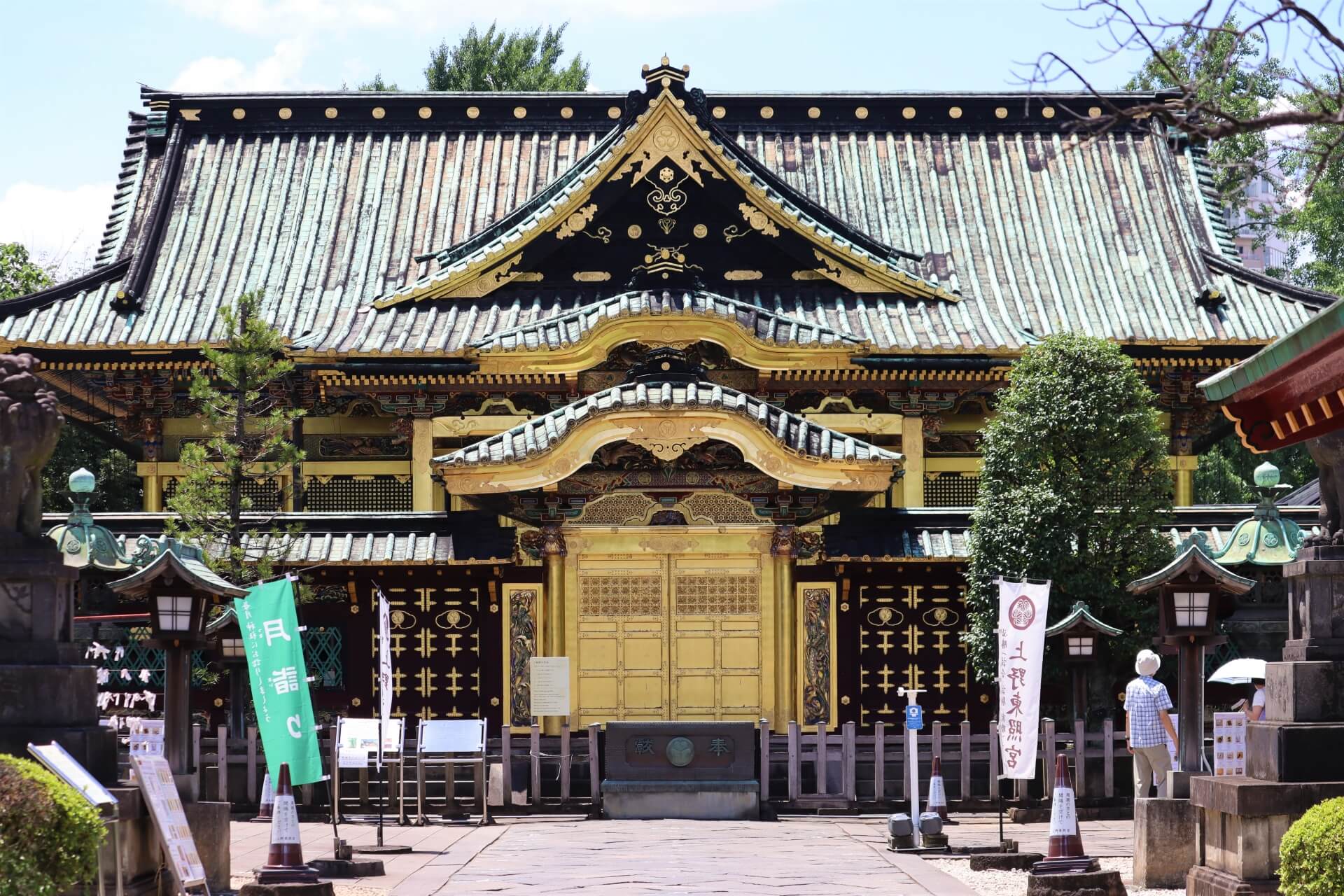
Located around two hours to the north of Tokyo in Tochigi Prefecture, the World Heritage-listed shrines and temples of Nikko draw millions of visitors each year. On this page you will find the following information:
-- JR Nikko Station vs Tobu-Nikko Station
-- 20 Things to Do Around Nikko & Where to Stay
Nikko can be enjoyed as a day-trip from the capital or as an overnight or multi-day visit. The shrine and temple complex can be enjoyed in one day however to get the most out of your time in Nikko, we recommend extending your stay and incorporating multiple destinations and activities into your itinerary. Lake Chuzenjiko and many attractions within Nikko National Park while within easy reach of the shrine and temple complex, most of which can be enjoyed all-year-round but without question at their best in October and November when the autumn leaves of Nikko put on a spectacular display. For more about just what’s waiting for you in Nikko, see our ’20 Things to Do Around Nikko & Where to Stay’ page.
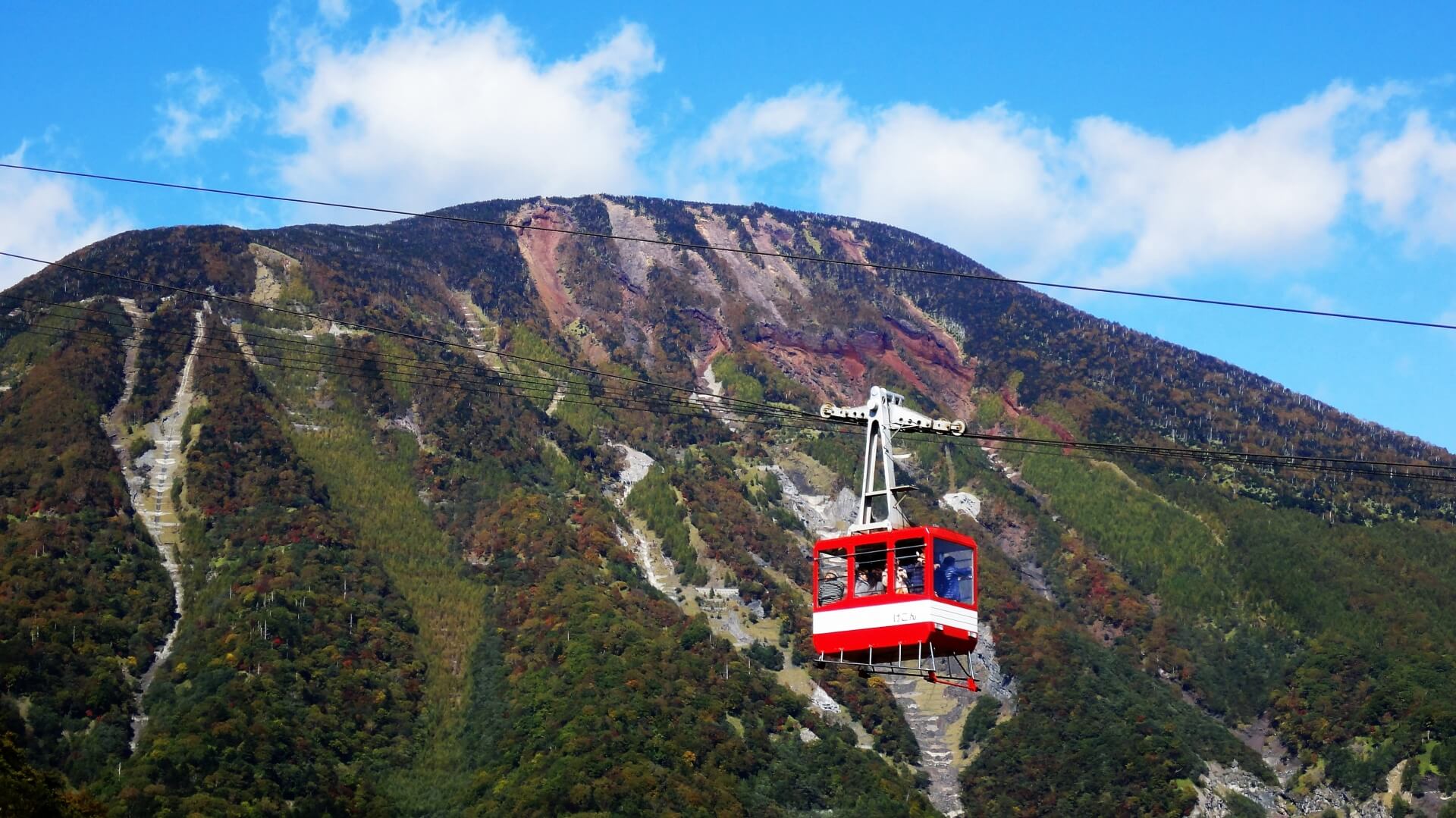
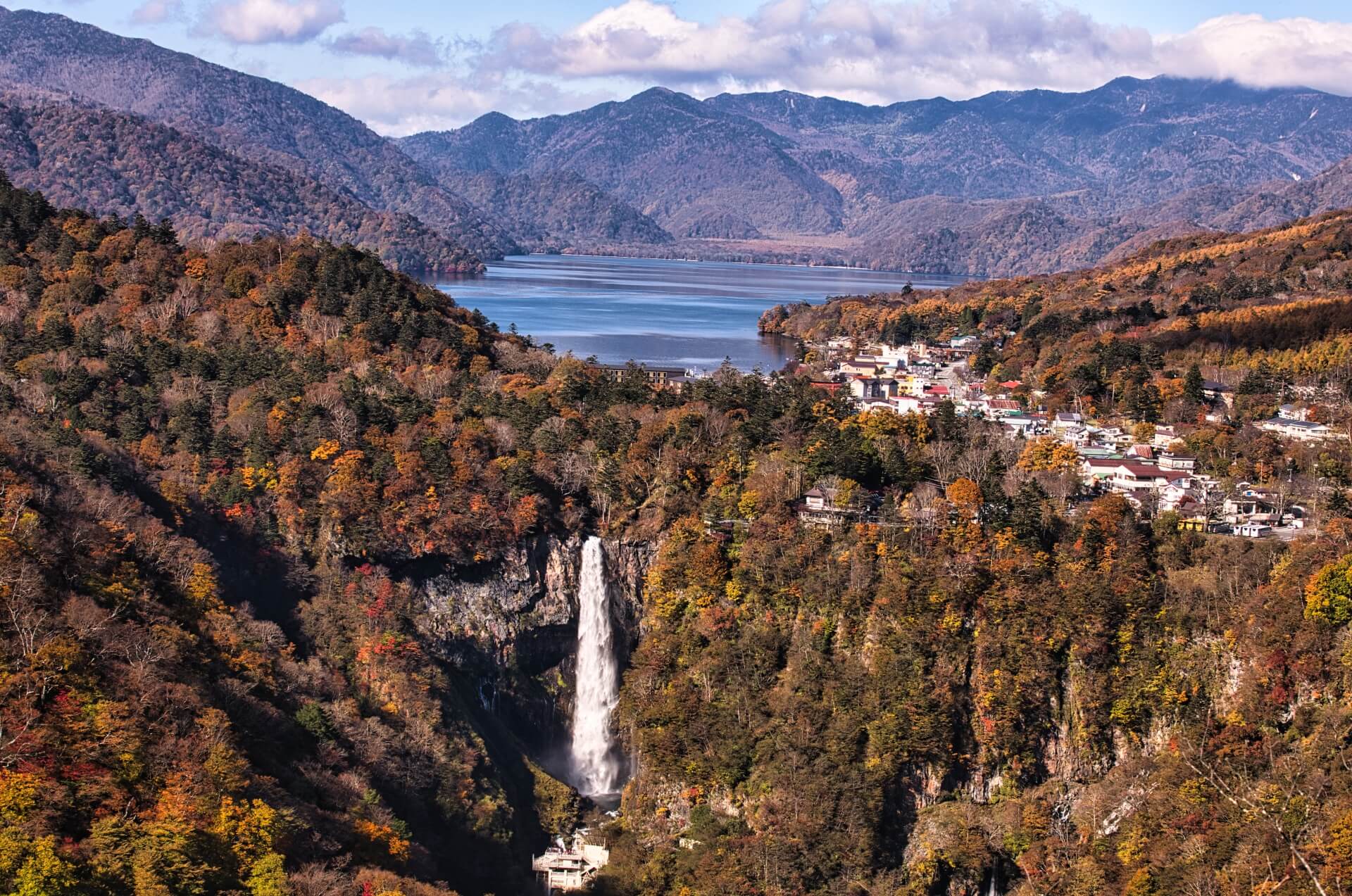
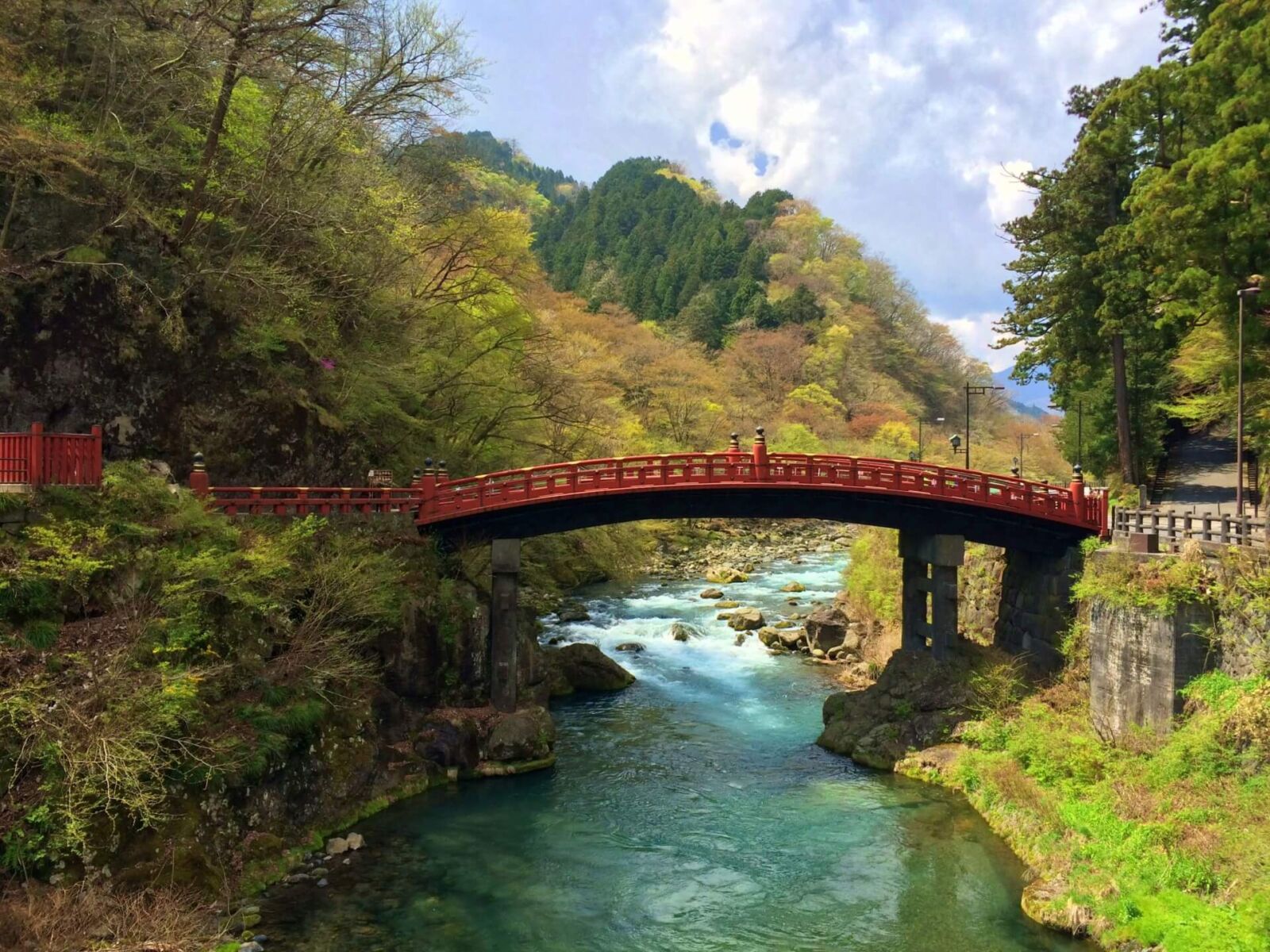
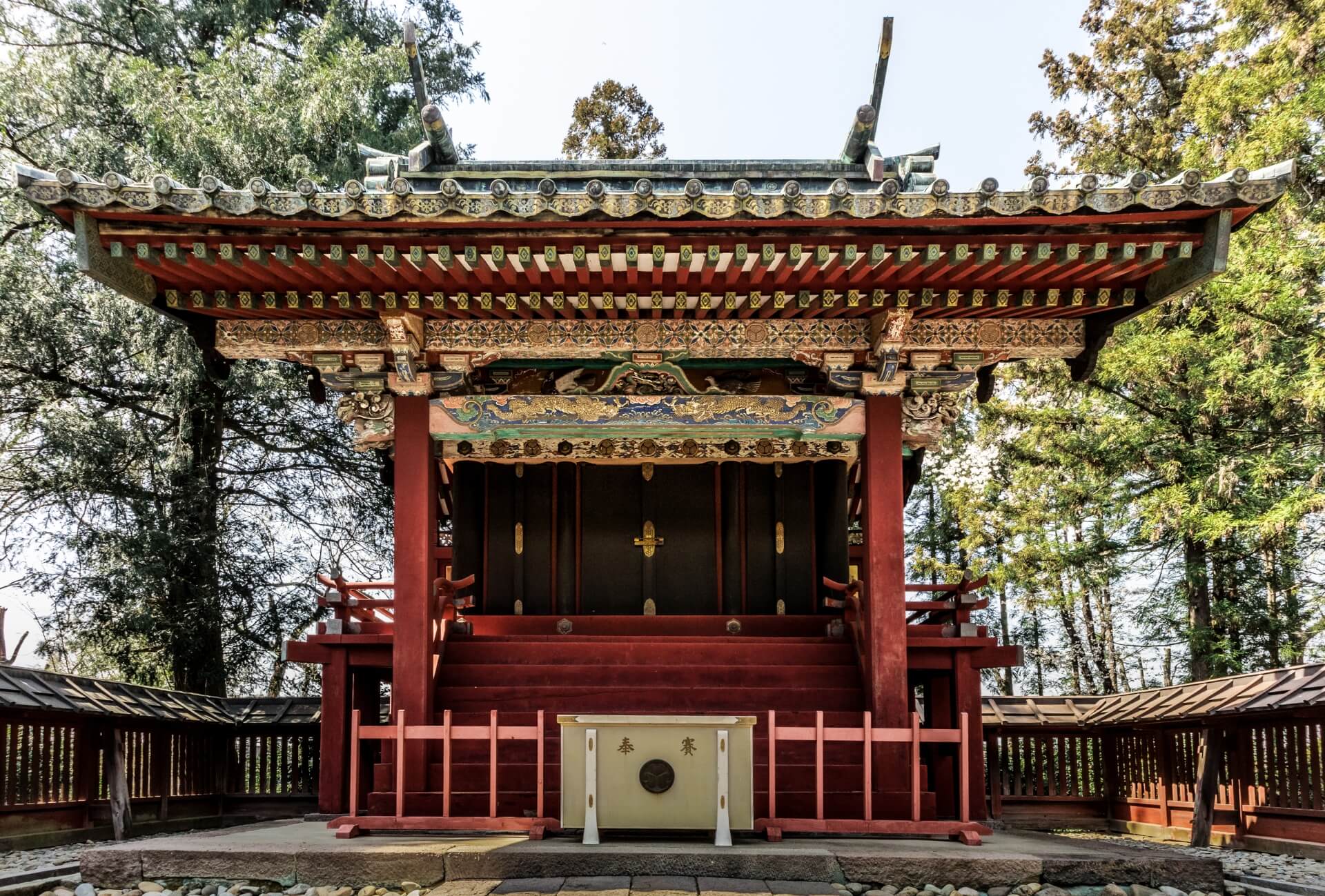
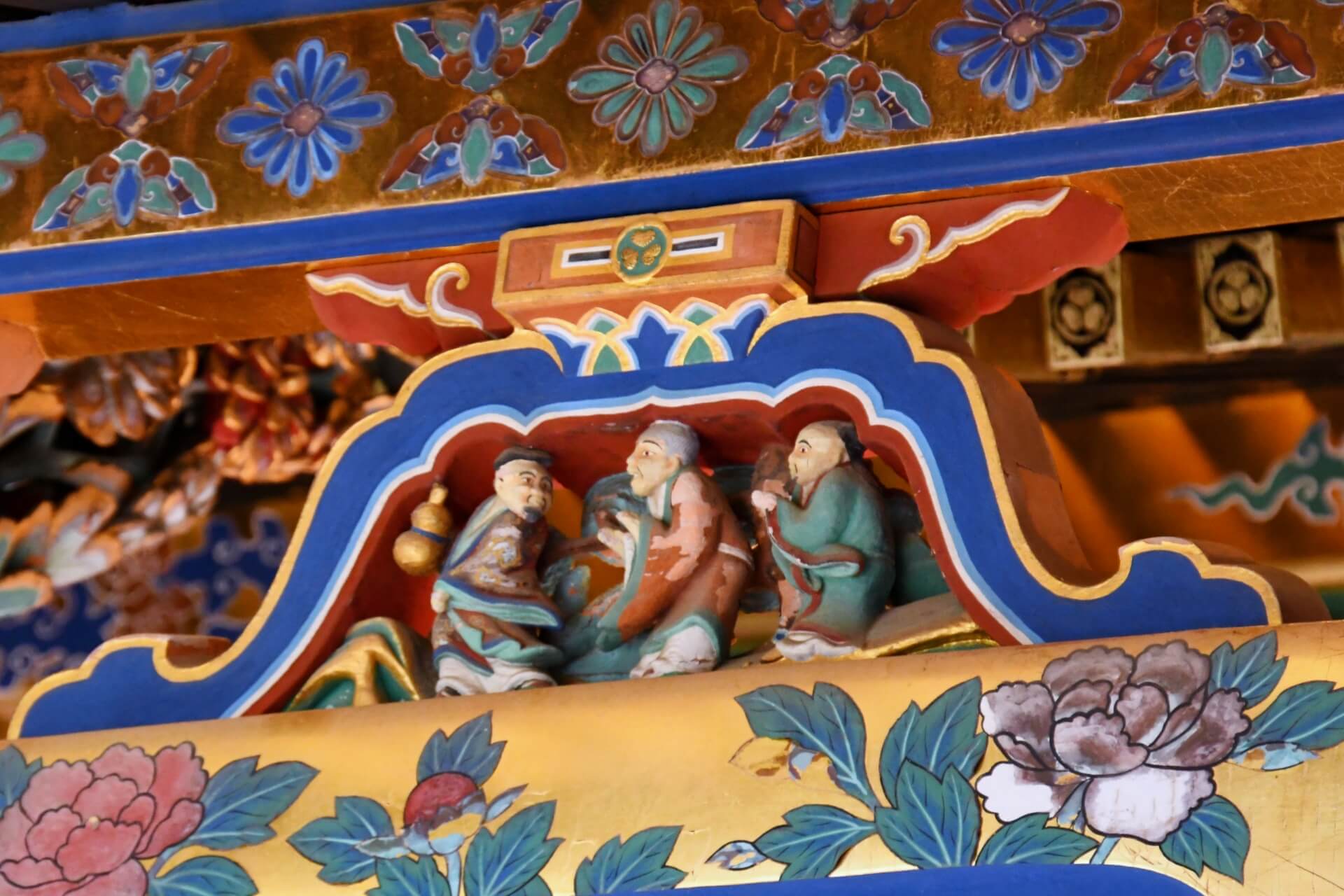
The following information is intended for international visitors, most of whom will have a Japan Rail (JR) Pass. For that reason, this page focuses on train travel and only uses buses in the absence of a good option to use the train network. Most but not all services are covered by the full JR Pass. Let’s start with the obvious question:
WHERE IS NIKKO?
Nikko is a small city in Tochigi Prefecture, approximately 150KM / 2.5 to 3 hours to the north of Tokyo. Nikko is most famous for its striking Shinto shrines and mausoleums, that commemorate Tokugawa Ieyasu – the founding ruler of the Tokugawa Shogunate. Inscribed on the World Heritage list in 1999, the Nikko shrine and temple complex attracts millions of visitors each year. Nikko and the surrounding region also boast ‘onsen’ (natural hot spring) towns and the natural attractions of Nikko National Park. For visitors heading to Nikko from Tokyo, it is quick and easy to reach with a range of train services connecting the two – the easiest of which takes just under 2-hours, using the Tohoku Shinkansen to Utsunomiya Station and then transferring to the local JR Nikko Line to JR Nikko Station or services on Tobu Railways from Asakusa Station in Tokyo to Tobu-Nikko Station - see below for further information about the two stations.
HOW TO GET TO NIKKO
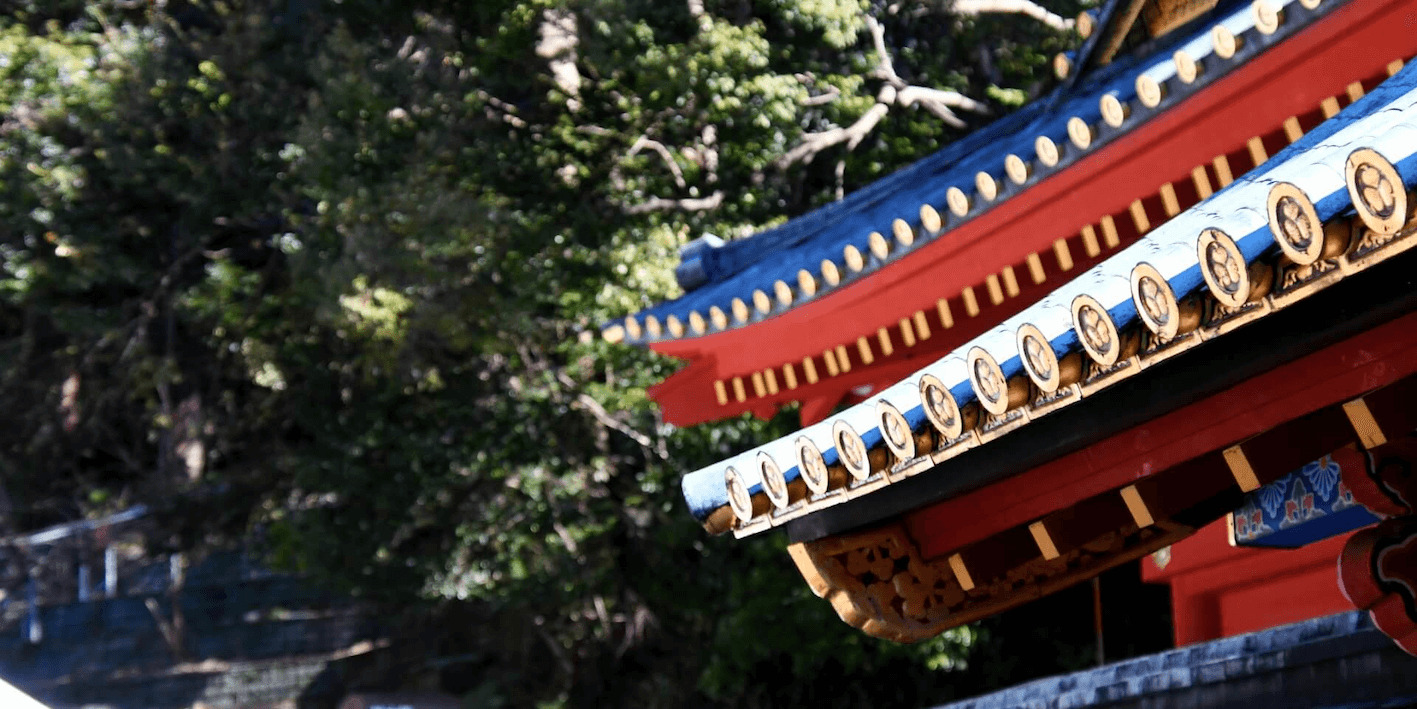
In this section you will find information on how to reach Nikko from the following starting points:
TOKYO / NARITA AIRPORT / HANEDA AIRPORT / UTSUNOMIYA / SENDAI / NAGANO / NAGOYA / KYOTO & OSAKA
We endeavour to keep this information as up-to-date as possible and in recognition that most international visitors will be using the train network to move around Japan, most directions are for using the trains. If there is alternative option i.e. express or local bus, that is notably faster or economical, we also include that information.
FROM TOKYO / 110 to 130 minutes
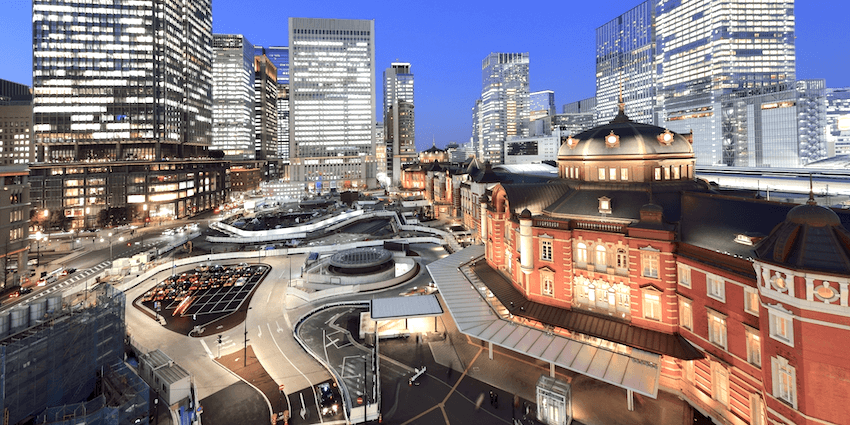
Visitors heading to Nikko from Tokyo have a range of options. The easiest option and our recommendation is to use the Tohoku Shinkansen from Tokyo Station to Utsunomiya Station and then transfer to the local JR Nikko Line for the onward journey. With a good connection at Utsunomiya, the journey takes around 110-minutes and costs between JPY5000 to JPY6000 one-way (depending on the type of seat you want on the shinkansen) – these services are covered by the Japan Rail (JR) Pass.
Alternatively, you can make the journey using the Tobu Railway from the Tobu Asakusa Station in Tokyo, to Nikko-Tobu Station (which is adjacent to JR Nikko Station. It takes around 2 hours / JPY2900 one-way and noting that you will need to transfer trains at Shimo-Imaichi Station. It is however important to note that services operated by Tobu Railway are not covered by the JR Pass.
Another option is to head to Nikko from Shinjuku Station using a limited express service cooperated by Japan Railways and Tobu Railway. The journey takes around 2 hours and costs JPY4080. Given that it includes use of Tobu Railway, it is not covered by the JR Pass.
FROM NARITA AIRPORT / 3 to 3.5 hours
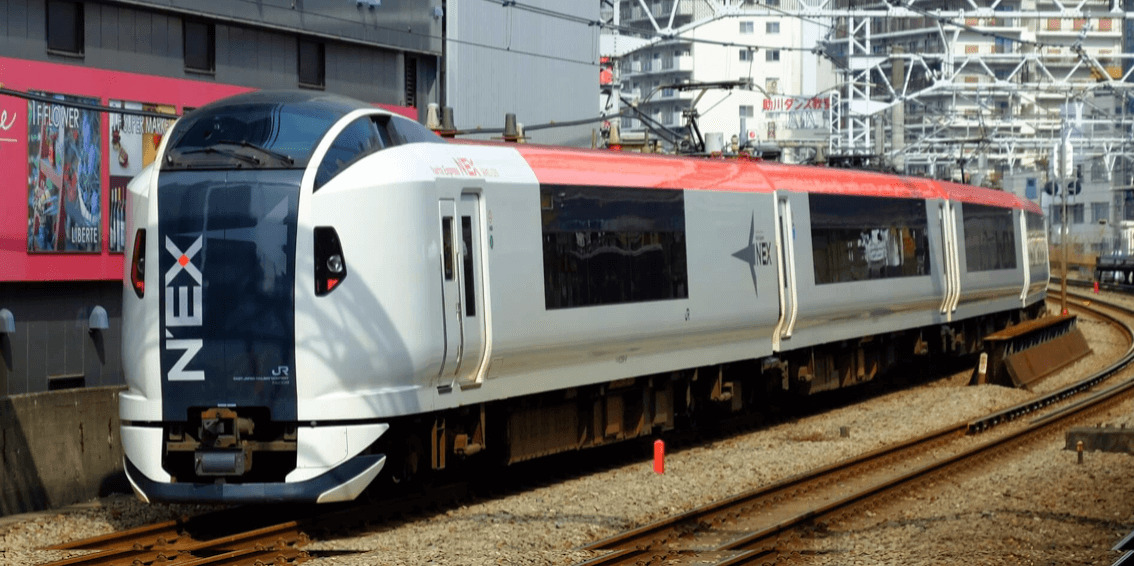
For visitors wanting to head Nikko from Narita Airport, you’ll first need to head into Tokyo – to either Tokyo Station or Ueno Station – using either of the rapid airport services and then transfer to the Tohoku Shinkansen. To do so via Tokyo Station, take the Narita Express (NEX) to Tokyo and then transfer to the shinkansen and follow the directions above – covered by the JR Pass. Alternatively, you can take the Keisei Skyliner to Ueno Station and then switch onto the Tohoku Shinkansen. This option is actually a little faster but is not covered by the JR Pass. The total journey takes between 3 to 4 hours depending on the service you choose and costs around JPY8500.
FROM HANEDA AIRPORT / 2.5 to 3 hours
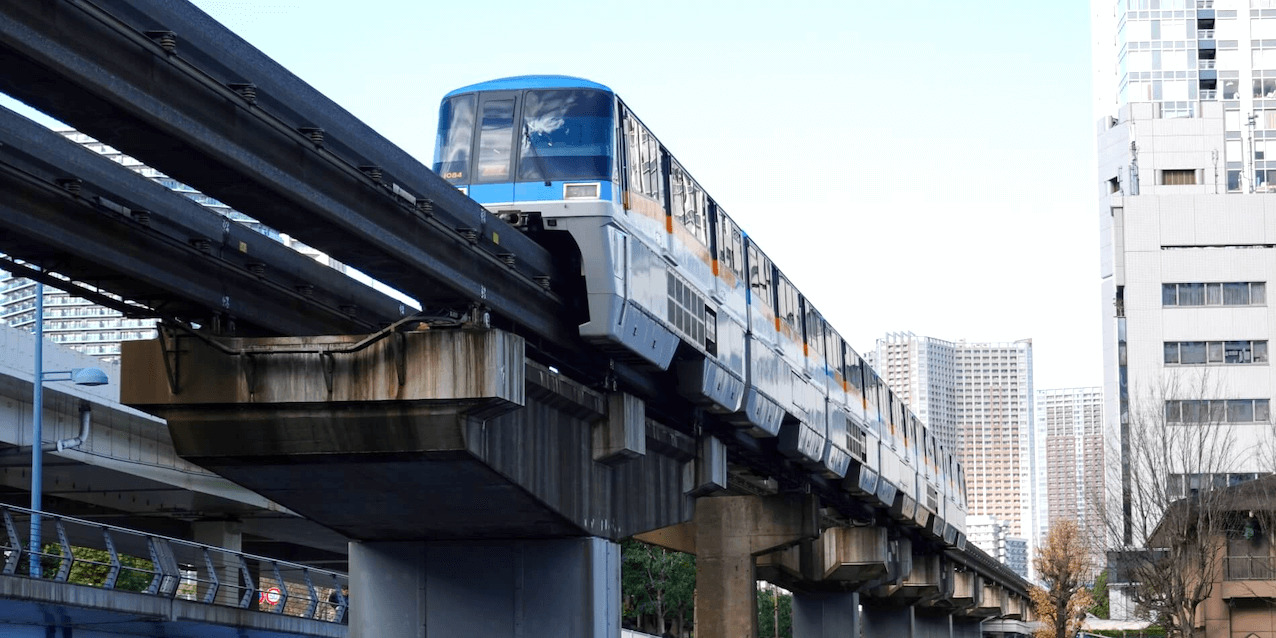
When heading to Nikko from Haneda Airport, it’s easiest to do so via Tokyo Station. To reach Tokyo, take the Tokyo Monorail to Hamamatsucho and then switch onto the JR Yamanote Line to Tokyo – a journey of 25 to 30 minutes / JPY660. Once at Tokyo, follow the directions above onto Nikko – a total journey of around 150 minutes / JPY5650 – all services are covered by the JR Pass. Alternatively, you can take the Airport Kaitoku service to Asakusa Station and then switch to the Limited Express Tobu running to Tobu-Nikko Station. It takes longer at around 180 minutes but is cheaper, costing JPY3320 one-way. It is also important to note that services on the Tobu Railway are not covered by the JR Pass.
FROM UTSUNOMIYA / 45 minutes
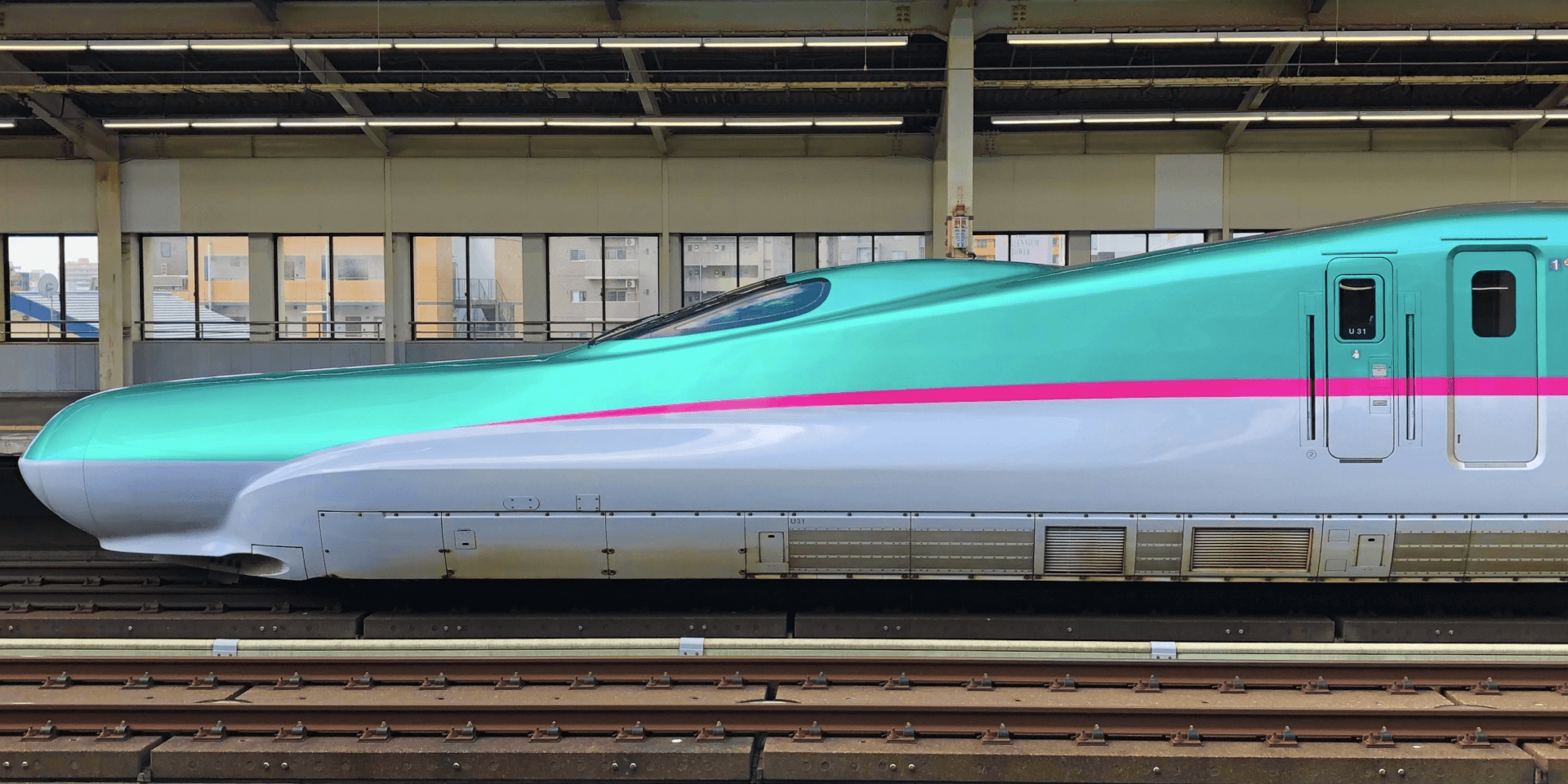
Utsunomiya is the nearest shinkansen station to Nikko. From Utsunomiya, the JR Nikko Line runs to JR Nikko Station, taking only 40 to 45 minutes / JPY770 one-way. There is typically one service per hour, starting before 06:00 and running until just before 23:00.
FROM SENDAI / 70 to 85 minutes
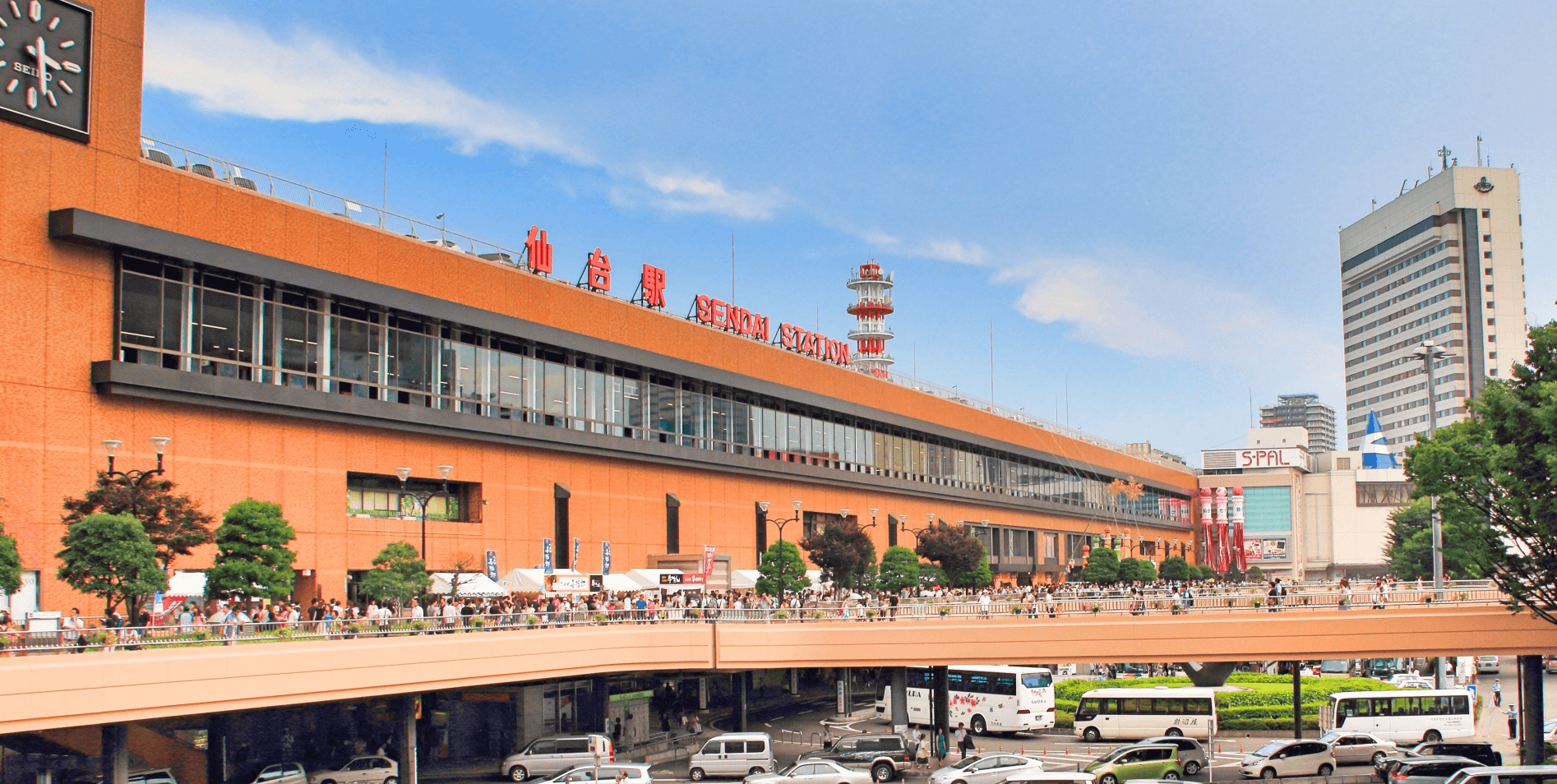
As another stop on the Tohoku Shinkansen line, Sendai Station is an easy point from where to reach Nikko. Take the ‘Yamabiko’ service on the Tohoku line from Sendai to Utsunomiya and then follow the directions above onto Nikko – a total journey of 70 to 85 minutes / JPY8040.
FROM NAGANO / 2.5 to 3 hours
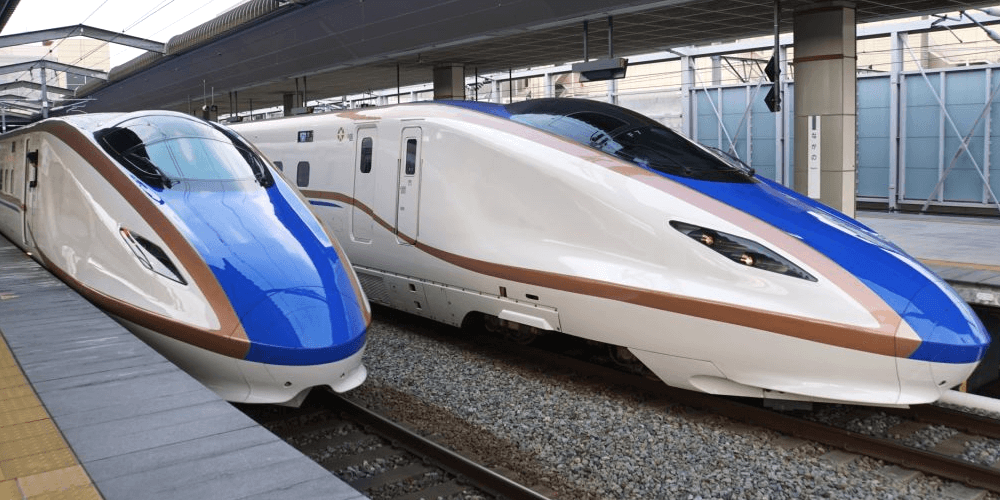
There are various ways to get to Nikko from Nagano of which the easiest and fastest is via Omiya Station. From Nagano Station, take the Hokuriku Shinkansen to Omiya and transfer to the Tohoku Shinkansen onto Utsunomiya. Once in Utsunomiya, follow the directions above onto JR Nikko Station using the JR Nikko Line – a total journey of around 2.5 to 3 hours / JPY10,000.
FROM NAGOYA / 4 to 4.5 hours
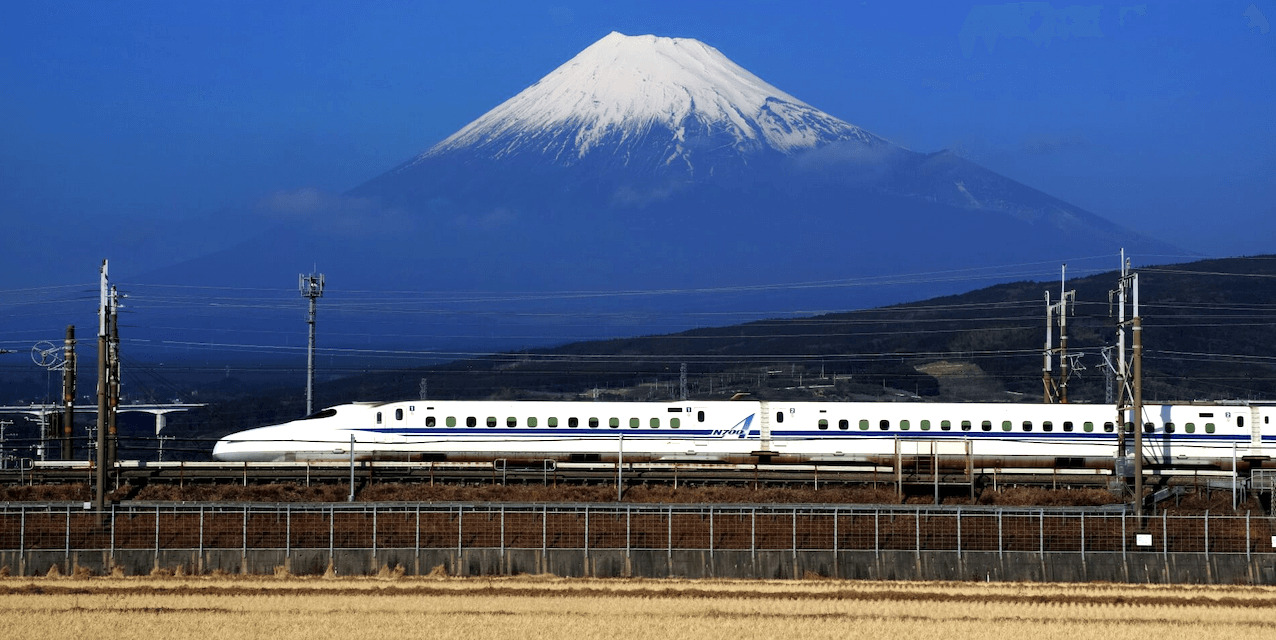
From Nagoya Station, take the Tokaido Shinkansen and once in Tokyo, follow the directions above by taking the Tohoku Shinkansen onto Utsunomiya and then switching to the JR Nikko Line – a total journey of around 4 to 4.5 / JPY15,000.
FROM KYOTO & OSAKA / 4.5 to 5 hours
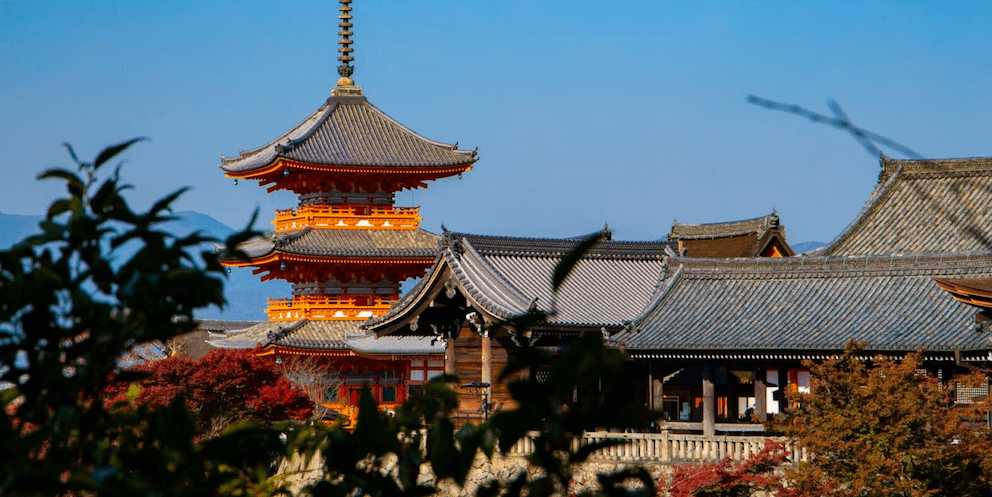
Both Kyoto Station and Shin-Osaka Station are also stops on the Tokaido Shinkansen line. To reach Nikko from either starting point, take any Tokaido service to Tokyo Station and the follow the directions above by taking the Tohoku Shinkansen onto Utsunomiya and then switching to the JR Nikko Line – a total journey time of 4.5 to 5 hours / around JPY17,000 to JPY18,000 one-way (depending on your starting point).
JR NIKKO STATION vs TOBU-NIKKO STATION
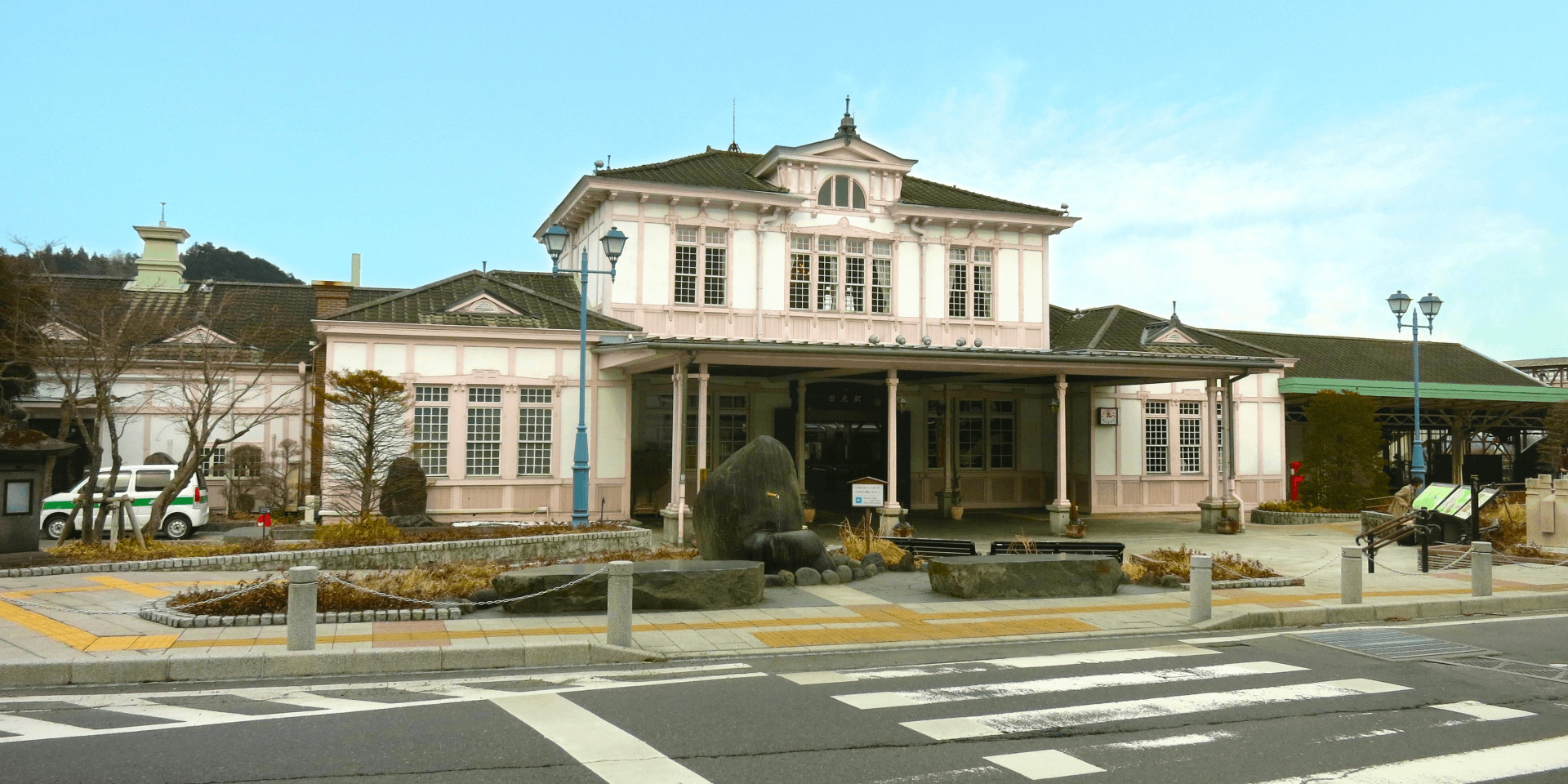
When planning your visit to Nikko, it’s to understand that there are two train stations – adjacent to each other – in the centre of town. JR Nikko Station – pictured above – is operated by the East Japan Railway Company and acts as the terminus of the JR Nikko Line running from Utsunomiya Station. As a stop on the Tohoku Shinkansen network, heading to Nikko on the JR Nikko Line from Utsunomiya is the best option for most international visitors and especially those holding a JR Pass as it covers all of these services.
Tobu-Nikko Station - pictured below under 'Getting Around Nikko' - is operated by Tobu Railway and the terminus of all Tobu services running to Nikko, including services from Asakusa Station in Tokyo. As a private railway, services to and from Tobu-Nikko Station are not covered by the JR Pass. As shown by the map above , the two stations literally are right next to each other with bus services running from both to the most popular attractions, including the nearby shrines and temples.
GETTING AROUND NIKKO
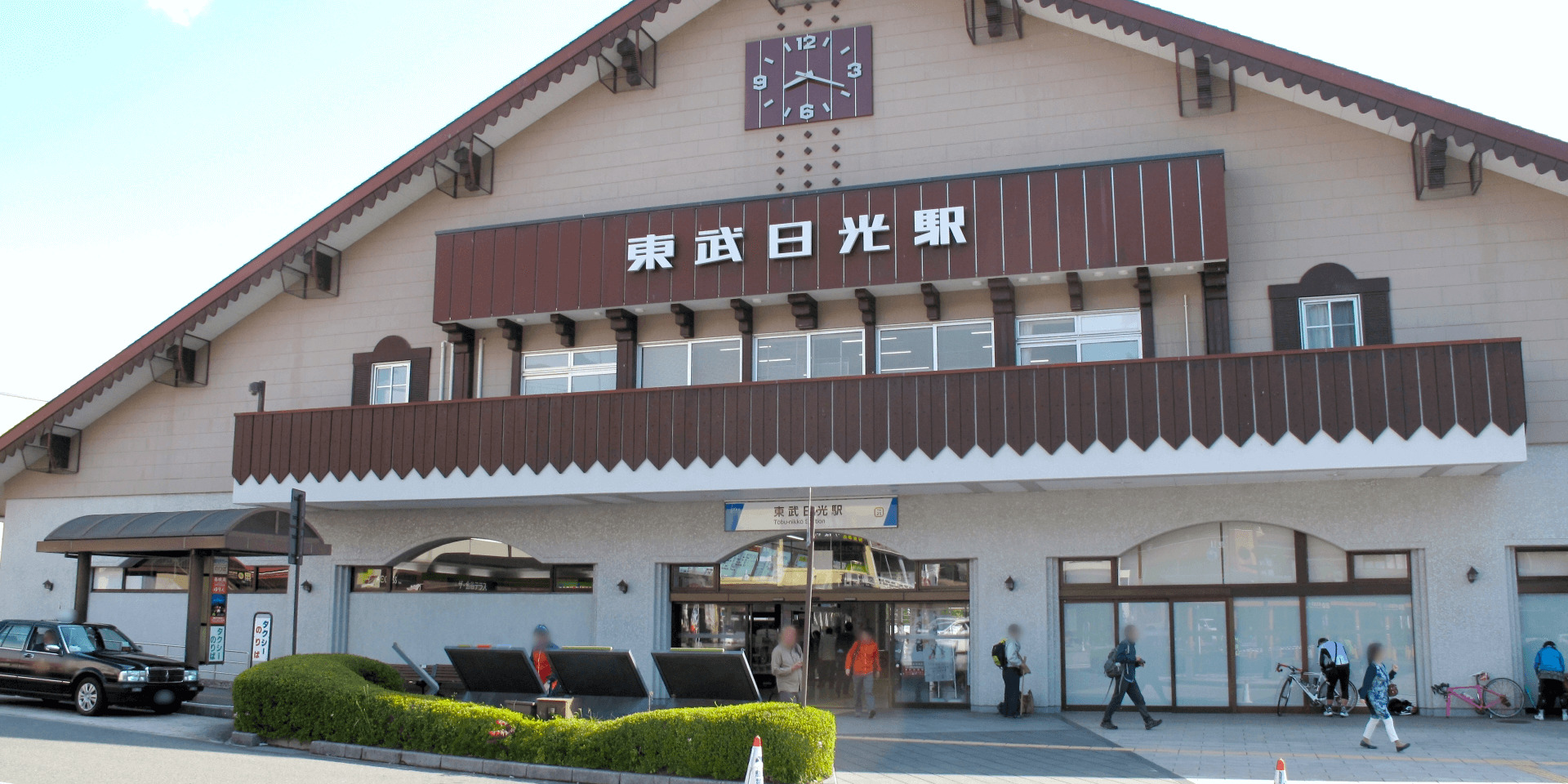
While most visitors use the train to come to Nikko, once there buses are the easiest way to get around. Bus services run from both JR Nikko Station and Tobu-Nikko Station every 10 to 15 minutes. There are multiple bus lines including the ‘World Heritage Meguri’ loop bus while the Kinugawa area including Kinugawa Onsen and Edo Wonderland are serviced by the Kinugawa Bus line. Additional services run to Lake Chuzenjiko, Yumoto Onsen and destinations in the wider Oku-Nikko area. All bus stops are numbered making the system easy to understand with fares display inside the bus. Just pay the driver – cash only – as you disembark.
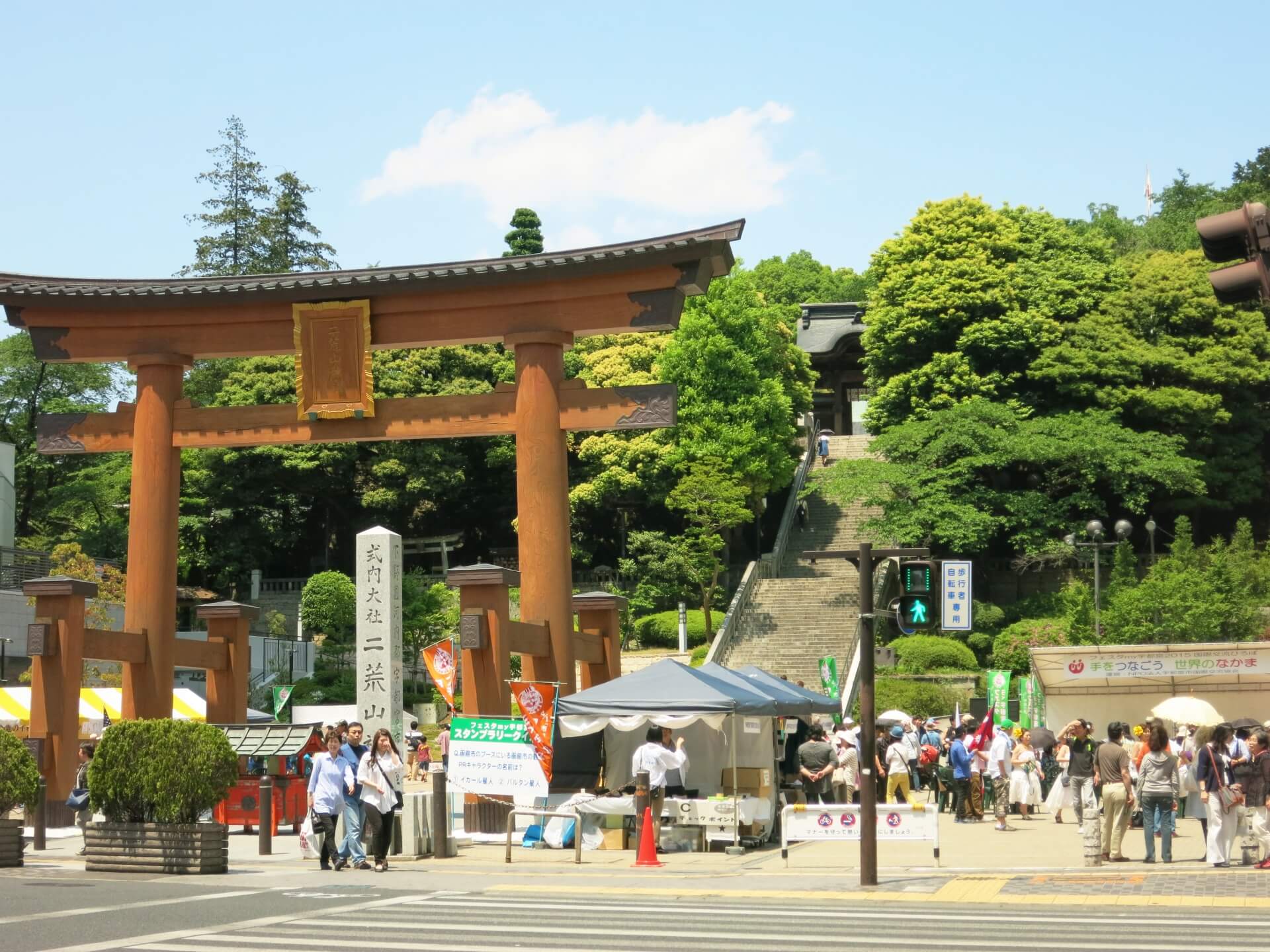
Tobu Railway also offers two discount passes for international visitors. The ‘Nikko World Heritage Pass’ is valid for two days and covers the roundtrip from Tokyo using their rail service and unlimited travel on buses and train in the central Nikko and Kinugawa Onsen areas – available for JPY2040; while the ‘Nikko All Area Pass’ is also valid for two days and covers travel to and in Nikko with additional services in the wider Oku-Nikko area also included – available for JPY4600. Passes can be purchased at the Tourist Information Center at Asakusa Station in Tokyo, or the Tobu Tourist Information Center inside Ikebukuro Station (also in Tokyo).
20 THINGS TO DO AROUND NIKKO & WHERE TO STAY
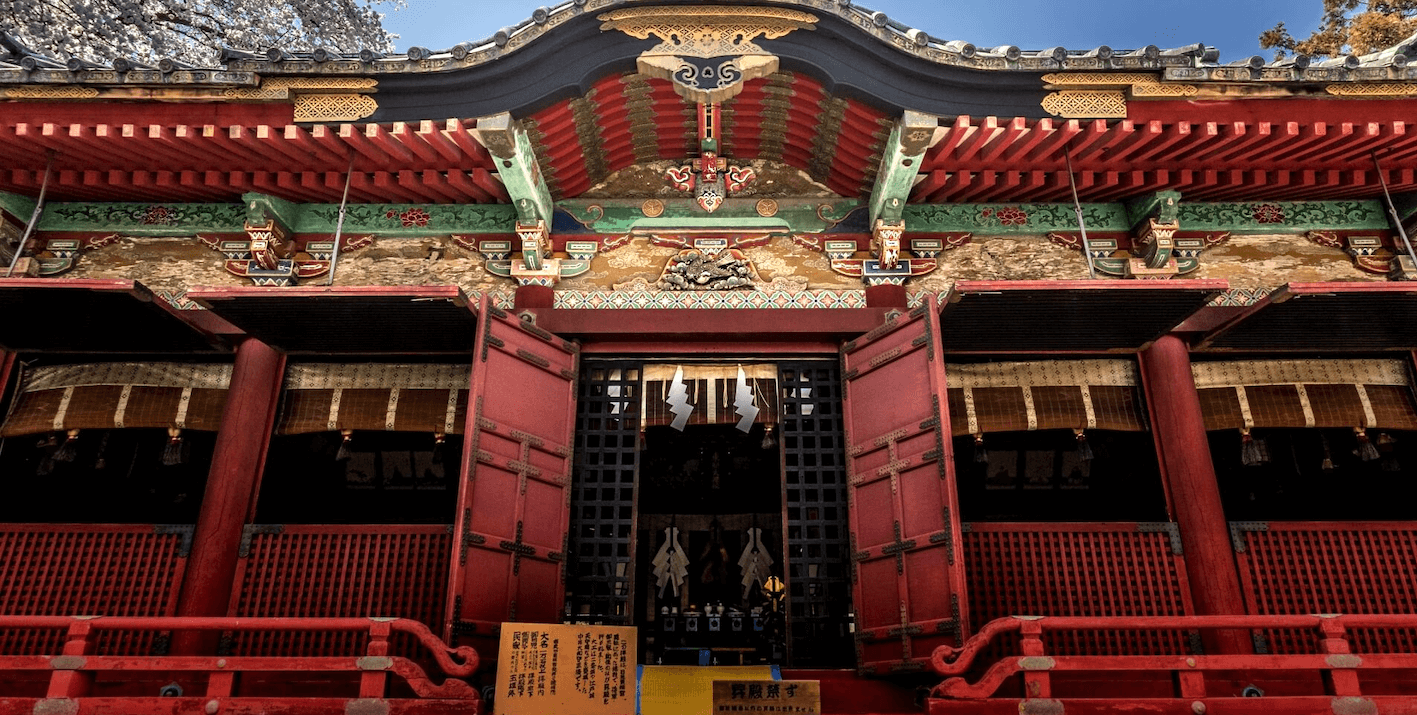
For many international visitors to Japan, Nikko is one of their ‘must-visit’ destinations thanks for the 17th century shrines and temples that are arguably the most beautiful historic buildings in the country. Spread across the Shinto shrines complexes of the ‘Toshogu’ and ‘Futarasan’ and the Buddhist temple complex of ‘Rinno-ji’, the Nikko shrine and temple complex comprises one hundred and three religious buildings set amongst a splendid natural setting. It is a destination that can be enjoyed all-year-round as each season highlights the beauty of the complex in a different manner. Indeed, while the shrines and temples are what draws most visitors to Nikko, once there you’ll discover a beautiful region of natural landscapes including waterfalls, gorges, hiking trails and hot spring towns worth taking time to enjoy over multiple days. Our '20 Things to Do Around Nikko & Where to Stay' page includes recommendations of what to do when there and the best areas to stay.
PLAN YOUR VISIT TO JAPAN
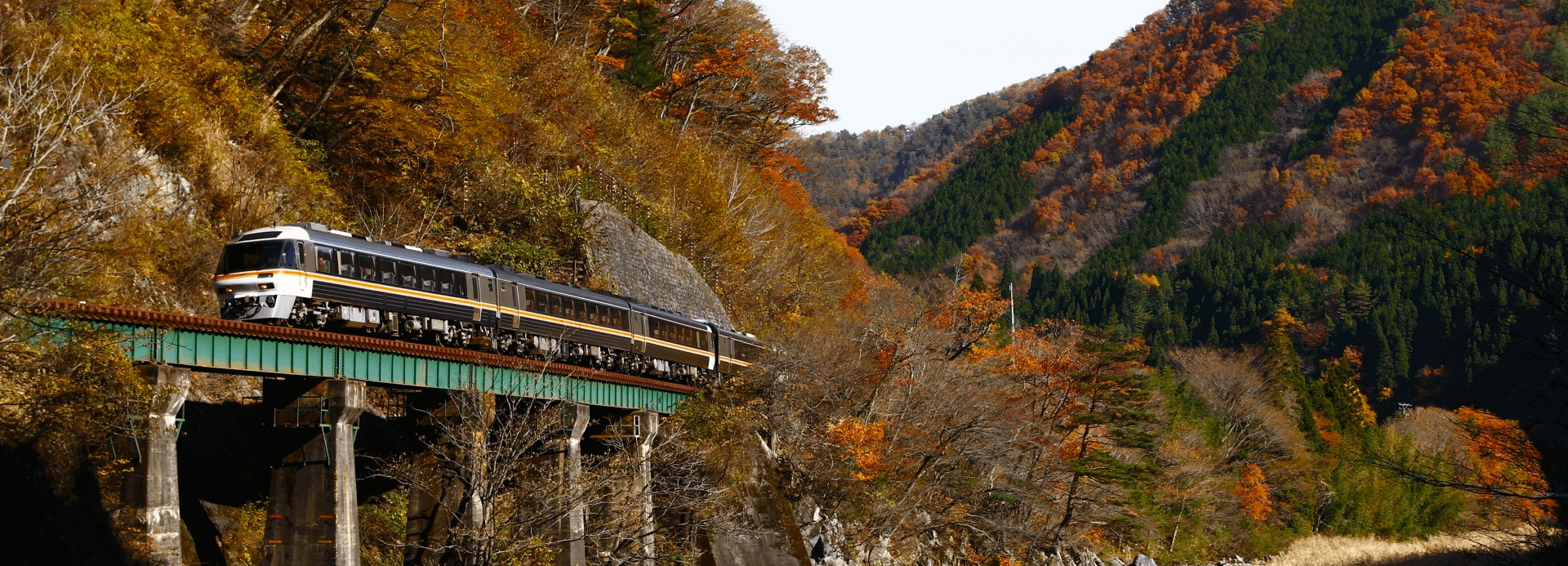

Heading to Nikko using the rail system is quick, easy and comfortable. Unfathomable in its size and efficiency, moving around the country by train is opens-up all regions of Japan for exploration. Our ‘Plan Your Visit’ page has everything you need to know about visiting Japan – from tips on the best time to travel, times to avoid, entering and exiting the country, money matters, staying connected, accommodation, staying safe and healthy and plenty more to ensure that you get the most out of your time here.














